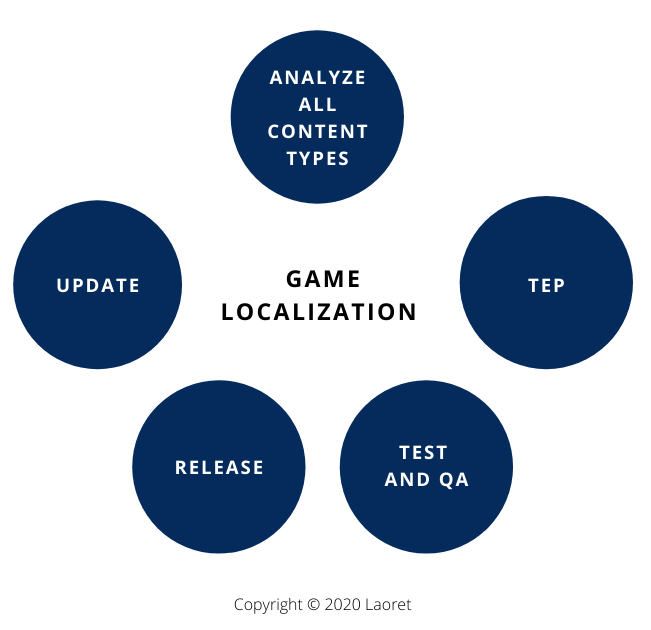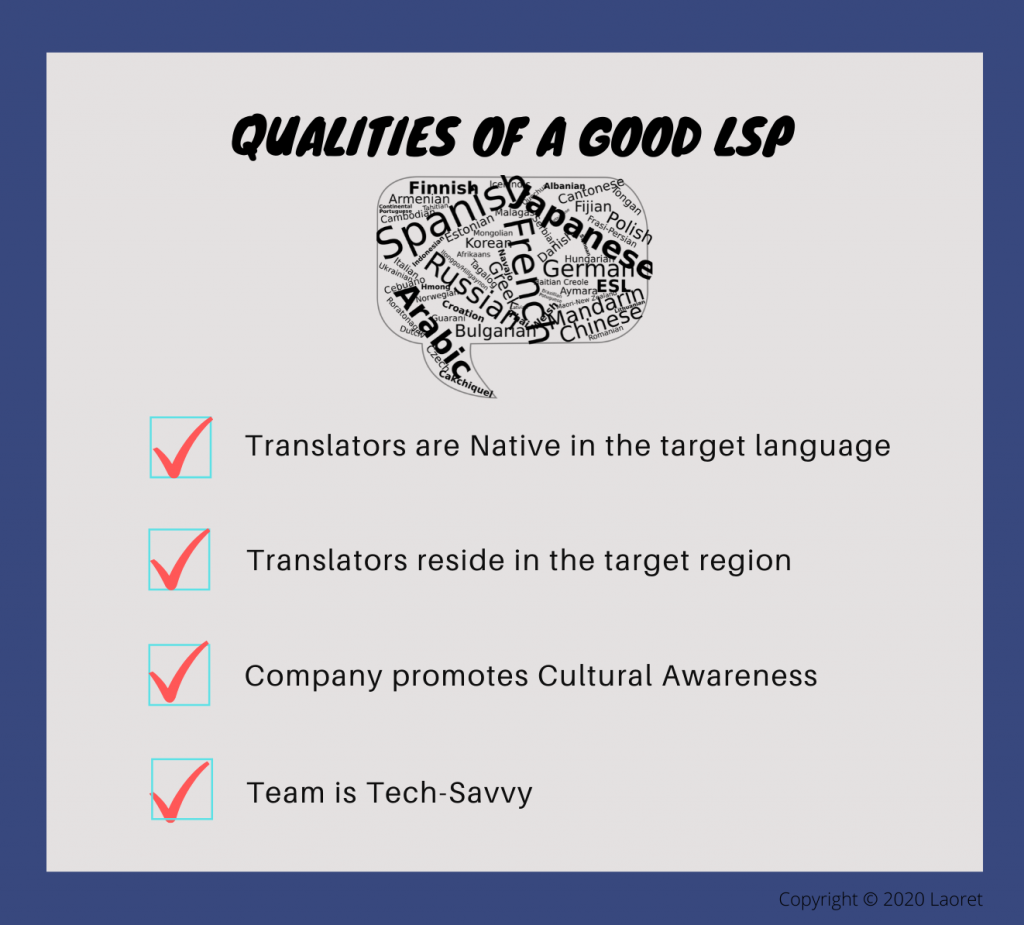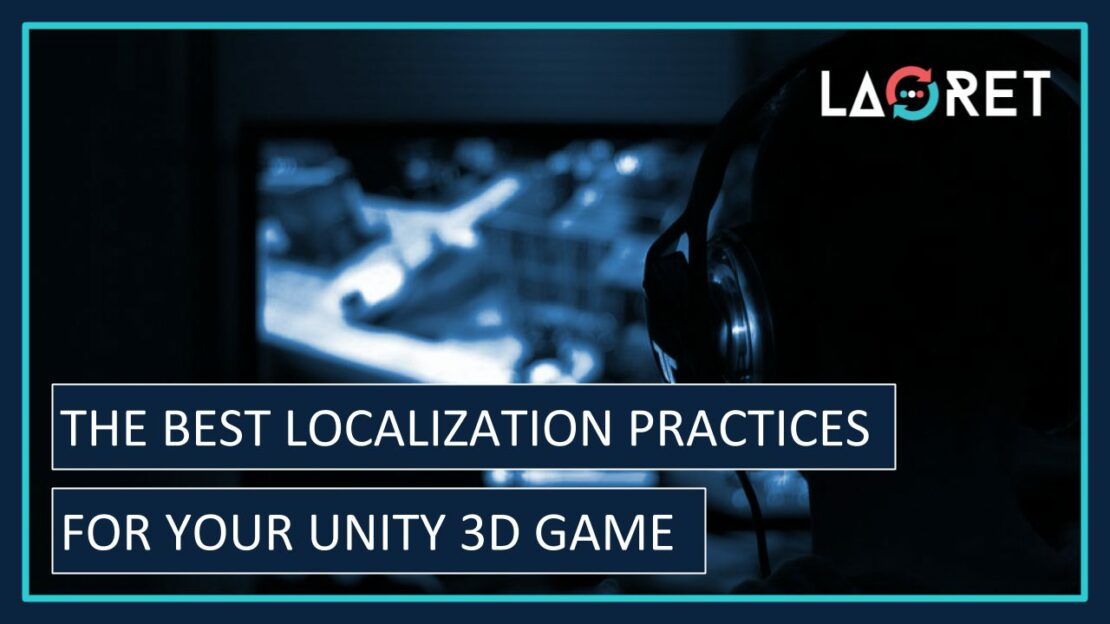The Best Localization Practices For Your Unity 3D Game
Did you ever wonder why people play games? In his Motivations for Play in Games, Nick Yee asked this very question and isolated three main gaming motivations in the competitive streak, the social interactions, and, most importantly, the immersive quality. Gamers love exploring different worlds and it is our job to make sure the experience achieves full immersion status by creating a bug-free, quality product.
Where does localization fit into this story? Well, part of immersion is being able to connect with a product in your native language, and it may surprise you to learn that Asia, Europe, and Latin America all have a vastly larger gaming community 2 than the US. In localizing your game, you make sure that each one of these communities can engage with the world you created as if it had always been developed just for them.
Unity 3D is a cross-platform game engine supporting game development and localization on over 25 platforms, and crossing various industries. With its ready-made Localization components3 this real-time development program minimizes extensive coding, while maximizing the cost-effectiveness and turnaround time. Allow us to expand on how localization is best applied for games developed in Unity 3D!
Pre-Production: Prepare Your Unity 3D Game For Localization
Part of maximizing localization is in taking the necessary steps to make the process run smoothly and minimize errors. In this, keep in mind that working closely with translators and Localization Engineers from an early stage, especially when it comes to the technical details, will greatly help facilitate the Localization Process.

- Localization begins with your Unity Developers. More specifically, when you are thinking about which format to get for your Text String. Choosing string formats will determine how easy (or difficult) it is to translate and localize your content. Unity 3D supports JSON, XML, YAML, and CSV, to name the most popular ones. While JSON makes the most sense when developing your game in JavaScript, for example, we recommend that you choose what you are most comfortable with since each format will pose its own challenges.
- Next to the format, you should also make sure to get your String Structure right. Unity 3D doesn’t tie you to a specific strategy here, so adhering to an internal logic that minimizes errors and issues, depends on your own choices. In this, make sure you easily separate your strings by language, create String IDs that make them easy to locate and keep the text itself simple and straightforward, making the translation and localization process more efficient.
- The creation of a Glossary and Style Guide will help the translators adhere to linguistic rules and maintain consistency.
- The implementation of a Translation Memory (TM) will help in improving quality over-time and cut down translation costs significantly.
- Installing the right Plugins for your target language will help streamline the process of the extraction and re-insertion of the content.
Production: Best Localization Practices
The Localization Process combines translation and cultural potency by leveraging the specialized localization technology. Here, it is essential that your game content will be exposed to the main translation phases of Translation, Editing, and Proofreading (TEP), so that linguistic standards can be met and cultural differences can be respected.
Pro Tip! Are you sure you understand the difference between Editing and Proofreading? Have a look at our blog detailing the responsibilities of editors and proofreaders, and know exactly which services to request!

Types Of Content To Be Localized
Games consist of different content layers which will all need to be localized separately. These are:
- In-Game Content: The resource file, which combines most of the strings, gets extracted, translated, and re-inserted into the desired format.
- Non-String Content is non-textual content including multimedia content, numbers, and so on, and will also be submitted to the localization process.
- The Store Content: First impressions are important on every occasion, right? Well, this is certainly true when it comes to users engaging with your game even prior to purchasing it, which makes the quality of your App Store Content is just as essential as the In-App Content. Engaging with awkwardly translated and formatted texts, videos, screenshots, app previews, In-App Purchases, and sign-up flows, can very easily cost you a sale.
When it comes to fonts, for example, not every style works for every language. Don’t be afraid to use different fonts for different languages, noting that the smaller file sizes will also be more practical. In the case of Text graphics, not all of them will need to be localized and whether you want to translate and localize certain character names, weapons, etc, you should note if these names have any specific meaning the user will need to grasp.
In localizing the visual connect, there are two main options to consider:
- You can make use of the Unity Sprite Packer to create atlases. While this approach can be time-consuming, the reward lies in a consistent performance paired with high-quality graphics.
- Replacing the graphics with text and UI elements may not boast the quality of the first option, but it will serve you well if you prioritize high performance.
Localization Of Your Unity 3D Game By A Qualified LSP Can Make All The Difference: A Case Study
Language Service Providers (LSP) ensure Translation and Localization Quality of the highest level, and also offer specialized support and Engineering Solutions in case it is needed.

One of our clients once requested the localization of a Unity 3D developed game into Arabic. We went through the process of putting together a top team of professionals specialized in translating games specifically developed in 3D Unity and made sure they were:
- Native in the target language.
- Residing in the target region.
- Knowledgeable in how to connect to the culture and respect cultural sensitivities.
- Tech-savvy and can utilize the appropriate localization tools including a Translation (CAT)-tool and Translation Management System (TMS) that best fits the project’s needs.
The tech-savviness in particular was useful during this project since even with the selection of the right Plugin, our engineers still needed to adjust the coding in a way that would streamline the translation process for Arabic specifically. We were able to train the Plugin into overcoming the following challenges:

One of the ways in which you can ensure consistent performance is through continuous localization. As time goes on, more features will be added and changes will be made. In order to make the localization of these changes run smoothly, the target languages will need to be synced with the source language, so that errors are avoided.
Make sure you already have some international marketing strategies in place to launch targeted campaigns and enable User Feedback. The comments, reviews, and questions communicated by your users will let you know which possible problems they are facing and will make them feel like their concerns are being heard and resolved.
Conclusion
Unity 3D can be a great partner for the Localization Process if you know exactly how to maximize its features and how to take advantage of the different levels of expertise available on the market. In this, we highly recommend connecting to an experienced LSP so top quality can be achieved and your international authority can thrive.
At Laoret, we offer Game Localization Solutions provided by industry-leading experts in Translation, Localization, and Engineering, each with specialized knowledge in the gaming industry and of the 3D Unity Engine. Our drive for constant innovation has put us on the map as a tech-savvy company, fully-equipped to meet any translation and localization needs.






